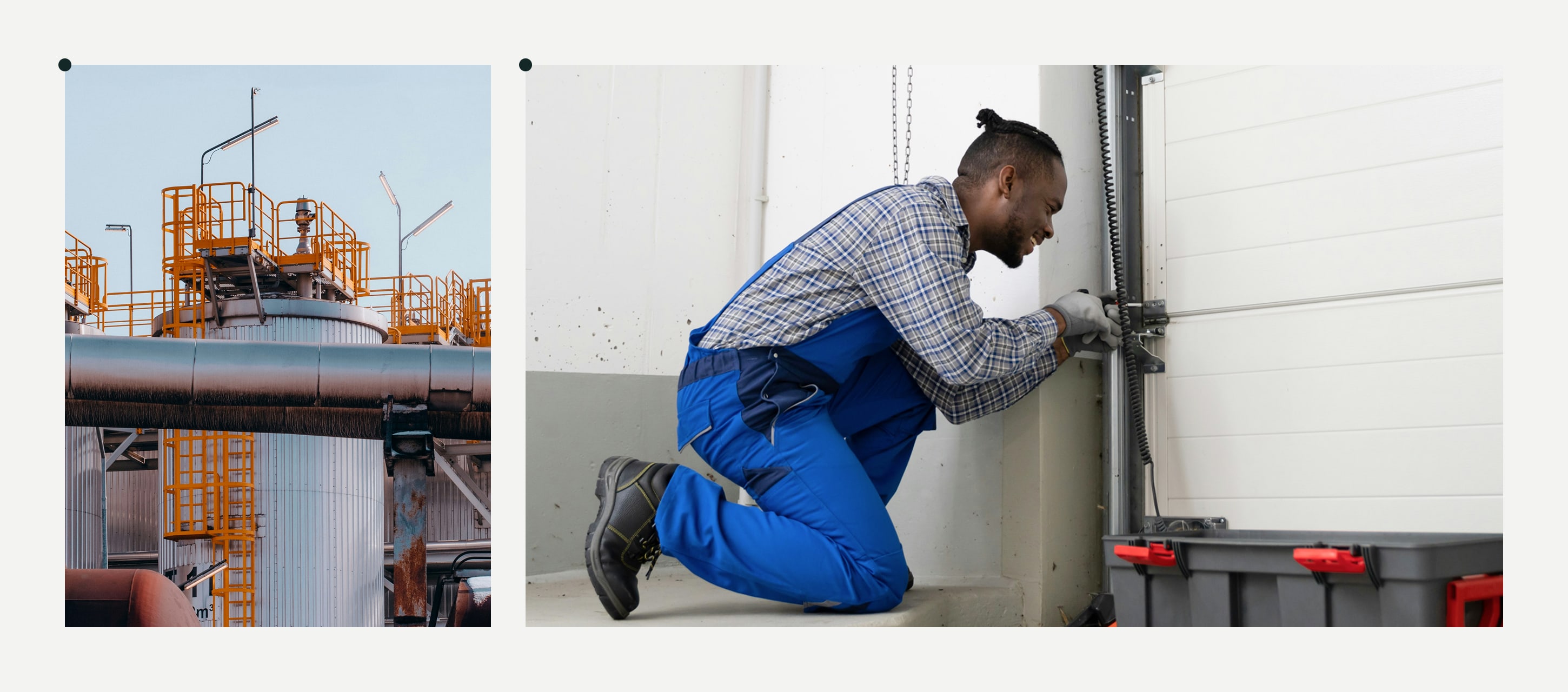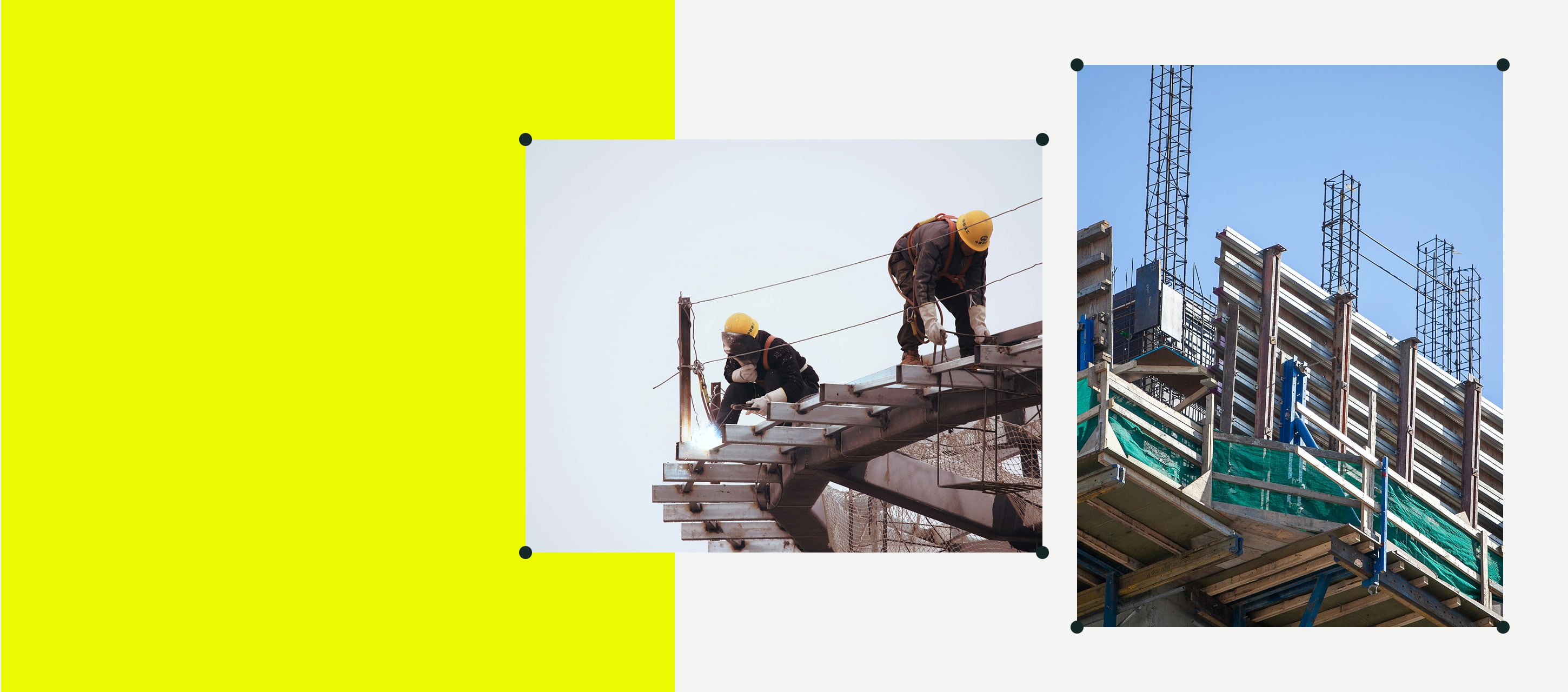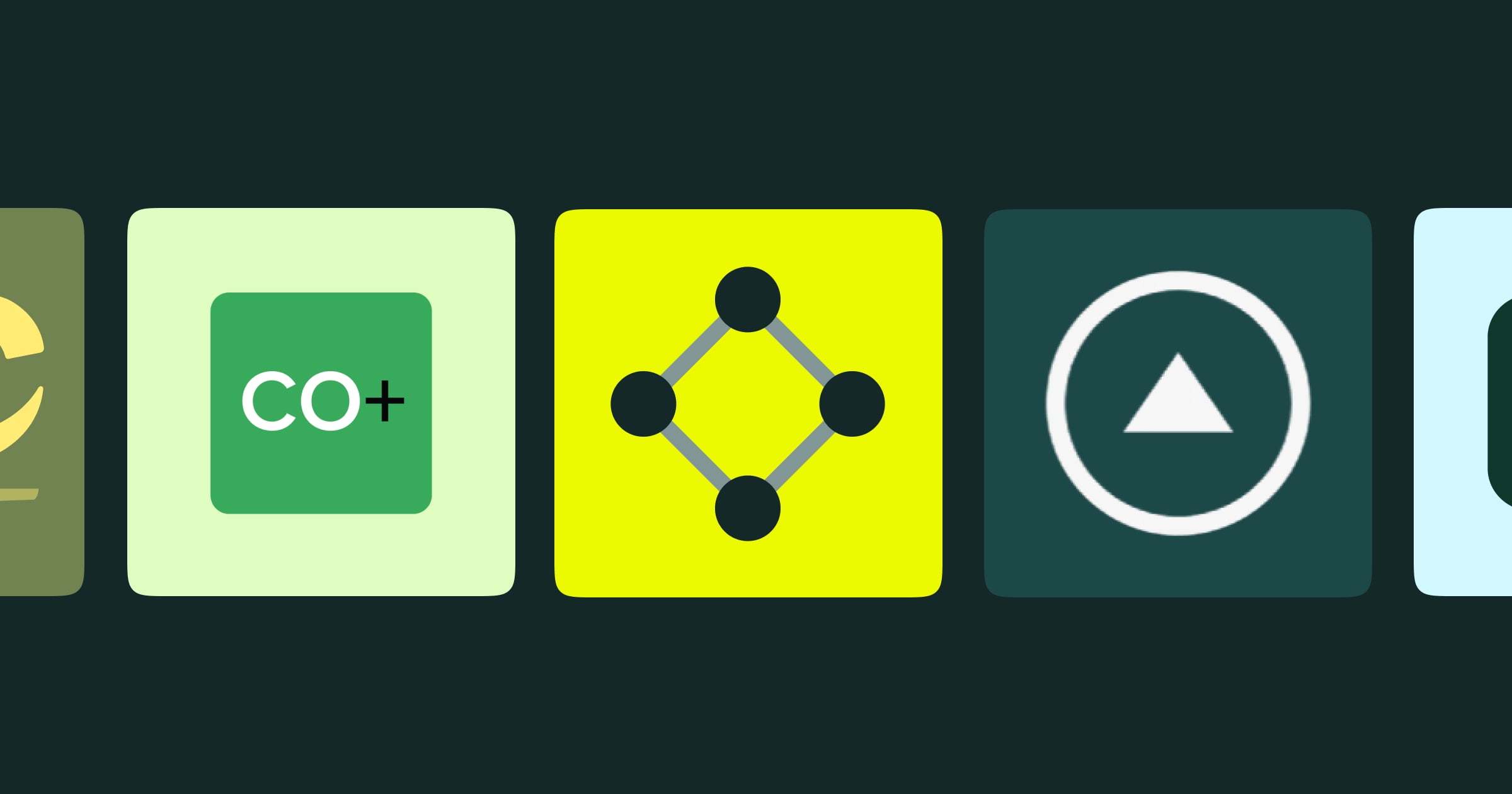Unexpected breakdowns in your facility? They can throw everything off balance – and cost a fortune.
But here’s the good news: you don’t have to wait for things to go wrong. With facility maintenance, you can stay a step ahead of disaster and avoid budget-busting surprises. Let’s take a look at the essentials to keep your building in top form.
Contents:
What Is Facility Maintenance?
Facility maintenance is a core component of hard facility management (FM) that focuses on the upkeep of a building’s physical infrastructure, ensuring safety, compliance, and operational efficiency.
It includes:
- Regular condition assessments
- Preventive maintenance like HVAC tune-ups or plumbing inspections
- Work order management
- Fast-response repairs
- Tracking asset usage through their entire lifecycle
The goal of it all? Minimize downtime, stretch the life of your equipment, and avoid expensive surprises.
Why Is Facility Maintenance Important?
Facility maintenance is what helps you prevent small issues from turning into big, expensive problems.
- Reduces Downtime: Regular maintenance prevents unexpected equipment failures, ensuring continuous operations.
- Ensures Safety Compliance: Adherence to OSHA, ADA, NFPA, and ASHRAE standards safeguards occupants and avoids legal penalties.
- Extends Asset Lifespan: Proactive care preserves equipment, delaying costly replacements.
- Optimizes Energy Management: Efficient systems reduce energy consumption, lowering operational costs.
- Controls Costs: Preventive maintenance identifies issues early, avoiding expensive emergency repairs.
When maintenance falls behind, the risks pile up. A broken HVAC in midsummer can halt your operations and send costs soaring. Skip fire alarm checks, and you could face a safety hazard and a compliance fine.
Using tools like a CMMS (Computerized Maintenance Management System), for example, Fluix, UpKeep or Fiix, can get the process going smoother and more efficiently.
What Are the Common Facility Maintenance Tasks?
Facility maintenance encompasses various tasks across different areas:
- HVAC Systems: Filter replacements, coil cleaning, refrigerant level checks.
- Electrical Systems: Panel inspections, lighting repairs, generator servicing.
- Plumbing Systems: Leak repairs, drain cleaning, backflow testing.
- General Maintenance: Painting, ceiling tile replacements, carpet cleaning.
- Grounds Maintenance: Landscaping, irrigation system repairs, snow removal.
Each task supports asset preservation, safety, and compliance, which all add up to fewer smoother operations.
5 Types of Facility Maintenance
There’s more than one way to maintain a building. Here’s the lineup:
- Preventive Maintenance: Scheduled tasks to prevent equipment failures.
- Corrective Maintenance: Repairs conducted after a failure has occurred.
- Predictive Maintenance: Utilizes sensors and data analytics to anticipate and prevent potential failures.
- Reactive (Emergency) Maintenance: Immediate response to unexpected, urgent issues.
- Deferred Maintenance: Postponed maintenance due to budgetary or resource constraints.
Theіу five core types cover most strategies but some organizations also use condition-based or scheduled maintenance, especially when tech or timing plays a role. The right mix depends on factors like asset criticality, compliance needs, budget, and available technology.
Typical Facility Maintenance Process
Facility maintenance is a structured process where every task follows a defined order and responsibilities are assigned. Here’s how you build it step by step:
- Asset Inventory & Condition Assessment. Start by listing every asset you manage, HVAC systems, lighting, plumbing, and more. Then, assess the condition of each to identify aging equipment, safety risks, or urgent repair needs.
- Preventive Maintenance Planning. Use what you know about asset conditions to build a schedule of recurring maintenance tasks. These schedules help prevent unplanned downtime and extend the lifespan of your systems.
- Work Order Management. Create detailed work orders for each task. Assign tasks to the right team members or vendors. Track the status of every job to make sure nothing slips through the cracks.
- Vendor & Contractor Coordination. For specialized work – like electrical testing or backflow inspections – bring in trusted vendors. Keep timelines, scope, and communication clear so the job gets done right the first time.
- Quality Control & Inspections. Don’t assume the work is done just because it’s marked complete. Regular inspections verify that maintenance meets safety, compliance, and operational standards.
- Data Collection & Analysis. Log every task, repair, and inspection in your CMMS. Analyzing this data uncovers patterns, highlights recurring issues, and supports smarter planning.
- Reporting & Continuous Improvement. Turn your data into reports that show what’s working and what’s not. Use those insights to refine your maintenance approach and close performance gaps over time.
When every step feeds the next, your facility becomes safer, more efficient, and easier to manage. One of the best ways to ensure this smoothness is to use automated workflows. They streamline the entire process by connecting tasks, assigning responsibilities, and triggering next steps automatically.
3 Best Practices for Facility Maintenance
These three proven practices can help you transform your maintenance program from reactive to resilient.
1. Implement a CMMS
A Computerized Maintenance Management System (CMMS) like Fluix can give your team full visibility into maintenance operations. Mobile crews can access tasks, log updates, and close out work orders using mobile devices on site. It keeps everything from task assignments to compliance records in one place, giving you one source of truth for documents and tasks.
2. Conduct Regular Condition Assessments
When you know the actual condition of your equipment, you can plan maintenance based on facts. Regular assessments help identify wear and tear early, preventing breakdowns. For field teams, this means fewer emergencies and more control over their schedule.
3. Engage in Vendor Management
Not every task can or should be handled in-house. Building relationships with reliable vendors, you ensure critical jobs get done on time. When vendor tasks are clearly defined and tracked, field teams spend less time chasing updates and more time focusing on their core responsibilities.
Note that in the long run it’s consistent that will build you an efficient maintenance program.
Read More: How Drax completes turbine maintenance inspections over 2 times faster using digital forms in Fluix
How to Measure Facility Maintenance Success
If you can’t measure it, you can’t improve it. These KPIs tell you how your maintenance program is performing:
- Work Order Completion Rate: Percentage of work orders completed within the designated timeframe.
- Cost per Work Order: Average expenditure associated with completing a work order.
- Preventive Maintenance Compliance Percentage: Ratio of completed preventive maintenance tasks to those scheduled.
- Downtime Due to Equipment Failure: Total time equipment is non-operational due to failures.
- Average Response Time: Time taken to respond to maintenance requests or issues.
To get reliable insights, your data needs to be consistent in the first place. That starts with giving your team the tools to capture information the same way, every time. When people are filling out digital checklists, attaching photos of completed repairs, or logging inspection results, the format should be uniform and easy to follow.
For field teams, this means no confusion about what details to include or where to log them. For managers, it means you can use that data to spot patterns and predict failures.
The Role of Software in Facility Maintenance
Maintaining facilities can feel like a race against time, but technology can make your daily work a whole lot more efficient. With CMMS like Fluix, you can organize work orders, schedule maintenance, track assets, and manage inventory levels – all in one place.
Here’s what makes maintenance software so effective:
- Preventive Maintenance Scheduling: Set up work orders and automated upkeep reminders to prevent breakdowns and keep everything on track.
- Real-Time Asset Tracking: Monitor all assets from one dashboard, so you know exactly when equipment or systems need attention.
- Inventory Control: Automate reorder alerts to ensure you never run out of critical parts or supplies.
- Data Insights: Use advanced analytics to see what’s working with your teams, equipment, and facilities – and spot areas for improvement.
FAQ
Who is involved in facility maintenance?
Facility maintenance involves facility managers, maintenance technicians, and external vendors. Facility managers oversee maintenance strategies and compliance, technicians perform hands-on tasks, and vendors provide specialized services.
What are the components of facility maintenance?
Key components include HVAC systems, electrical systems, plumbing, general building maintenance, and grounds upkeep.
What are the types of buildings for facility maintenance?
Facility maintenance applies to various buildings, including commercial offices, hospitals, educational institutions, and hospitality venues, each with unique maintenance requirements.
What are the standards and regulations of facility maintenance?
Facility maintenance must adhere to standards and regulations such as OSHA for workplace safety, ADA for accessibility, NFPA for fire safety, and ASHRAE for HVAC systems. Compliance ensures safety, legal adherence, and operational efficiency.






